Our eleventh grade students took a big step in their understanding of English literature. Students studied the differences between denotation (what a word actually means) and connotation (other ideas that word makes you think of).
“Learning these concepts helps students master the English language”, Ms. Kitiya Le Huu, the Head of MUIDS’ Modern Languages department, commented. ” The words ‘selective’ and ‘picky’ have similar meanings, but one word is perceived as neutral while the other has a negative connotation. Understanding this concept is key for students’ understanding of English Literature as well as the English language.”
Students worked together in groups to research the connotations of different words. Students debated the connotations of concepts such as “money” and “youth.” This exercise facilitated collaboration amongst students, but also forced them to think from different perspectives.
“The word ‘white’ can cause people to think of different words based on the context it’s used in,” Ms. Le Huu added. “One person might think of the word ‘pure’ when they hear the word ‘white.’ Others might think of the word ‘bland.’ When you move beyond the realm of colors, ‘white’ is also used to classify skin color. This opens up a whole other world of connotations.”
Students will continue to study denotation and connotation in the coming weeks. Soon they will begin participating in collaborative close reading and annotation activities. This weekly activity will help students analyze works of literature more thoughtfully and help them transition to becoming more critical users of the English language.
